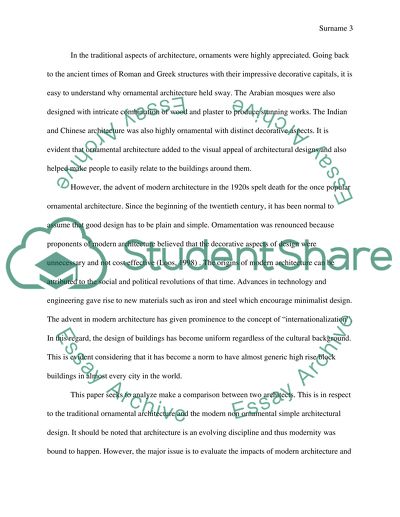Cite this document
(“Usage of ornaments and traditional aspects vs. Simplicity and no Essay”, n.d.)
Retrieved from https://studentshare.org/architecture/1398048-comparison-between-two-architects-usage-of
Retrieved from https://studentshare.org/architecture/1398048-comparison-between-two-architects-usage-of
(Usage of Ornaments and Traditional Aspects Vs. Simplicity and No Essay)
https://studentshare.org/architecture/1398048-comparison-between-two-architects-usage-of.
https://studentshare.org/architecture/1398048-comparison-between-two-architects-usage-of.
“Usage of Ornaments and Traditional Aspects Vs. Simplicity and No Essay”, n.d. https://studentshare.org/architecture/1398048-comparison-between-two-architects-usage-of.


